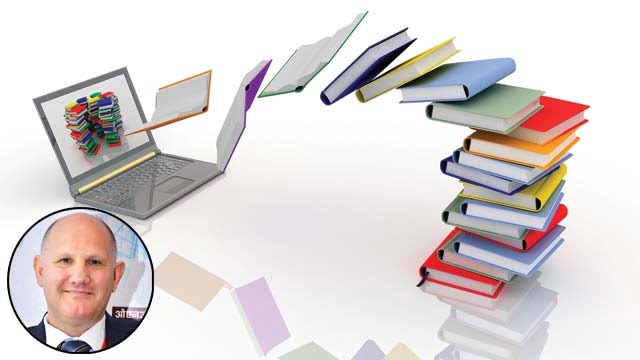
At a time when the Indian government has been largely focusing on imparting education through digital means, Israel, which had a similar kind of Internet reach a few years ago, has nailed the concept of digital libraries.
The concept of digi-libraries that started in Israel five years ago is a major success now, offering educational content to students, schools, academics, researchers, and reading material like newspapers and blogs to the general public.
Talking about how the concept became a success, Hadar Miller, Chief Information Officer at the National Library of Israel (NLI) said, “The concept of digital libraries started about five years ago, when we felt that there is a need to connect the entire country through one reading and learning platform. The digital library in Israel is not only catering to academic audience, it is for general public also. It reaches out to three sections — the academics and researchers, students and school teachers and to the general public.”
“When we started the digital library we invested a lot on building the social applications like mobile based apps and coordinated with Google so that it is accessible to anyone from everywhere,” he added.
Talking about how India can take a cue from their library, he said: “In Israel also, we did not have good Internet connection till a few years ago, but technology develops at a gradual pace. Also, connecting with Google and making the web-search option accessible will be a good idea.”
The digi-library also shares a rich cultural heritage of India-Israel relations, through information on Israelis who migrated to India and Indians who settled in their country. “A lot of Indian students are showing interest in research and study in Israel and a number of them research in Hebrew as well, for them, the digitized version of Hebrew comes in handy,” added Miller.
GO DIGITAL
Everything on the library is accessible to Indian students, except for some exclusive university journals and articles. The content available on the digi-library includes books, visuals, audios, newspapers and research journals.
[Source:-DNA]







